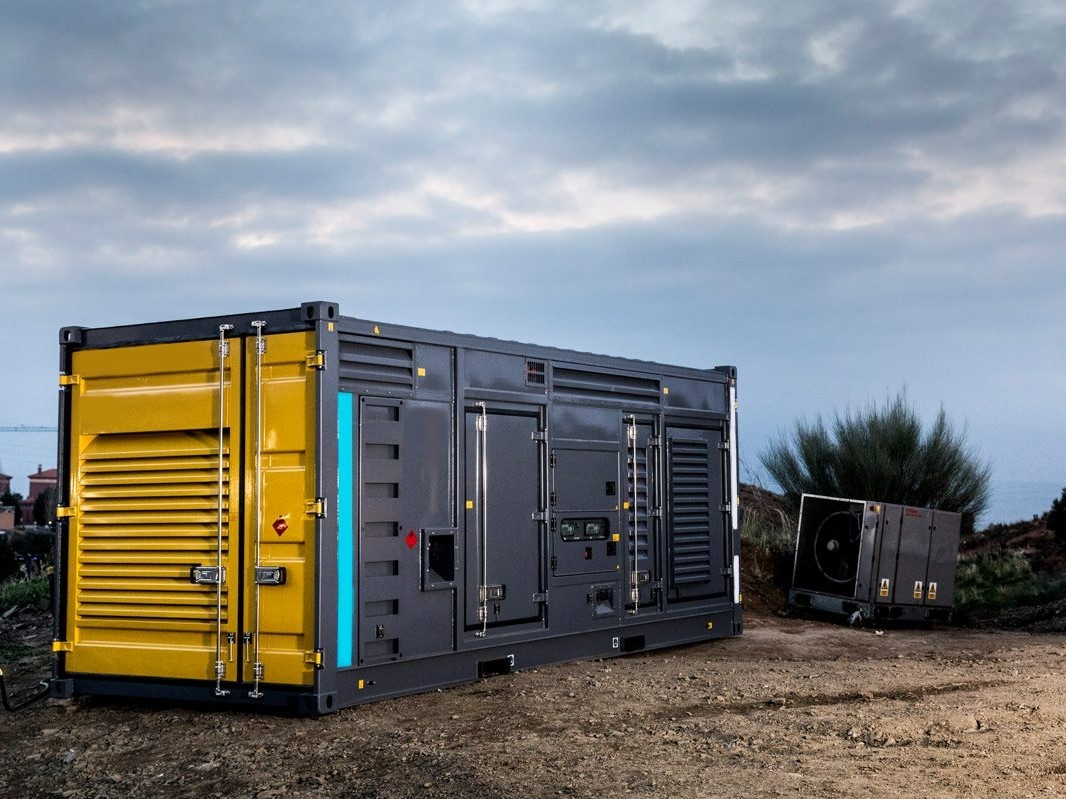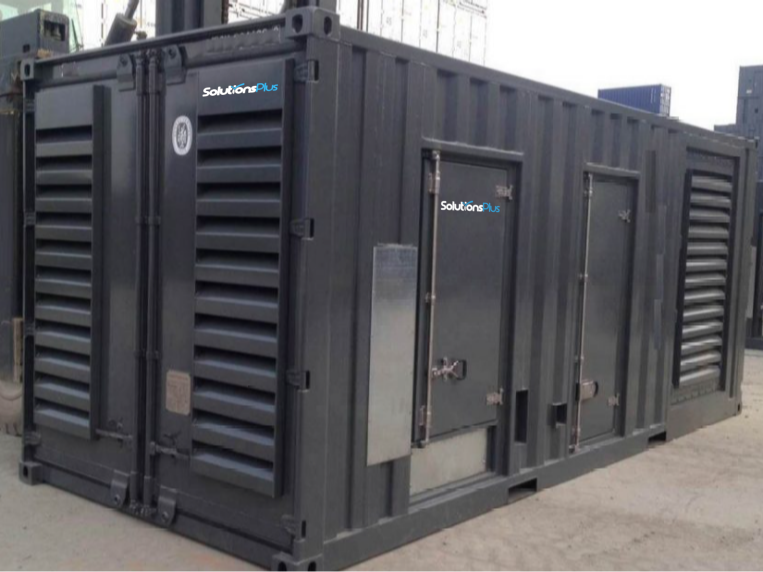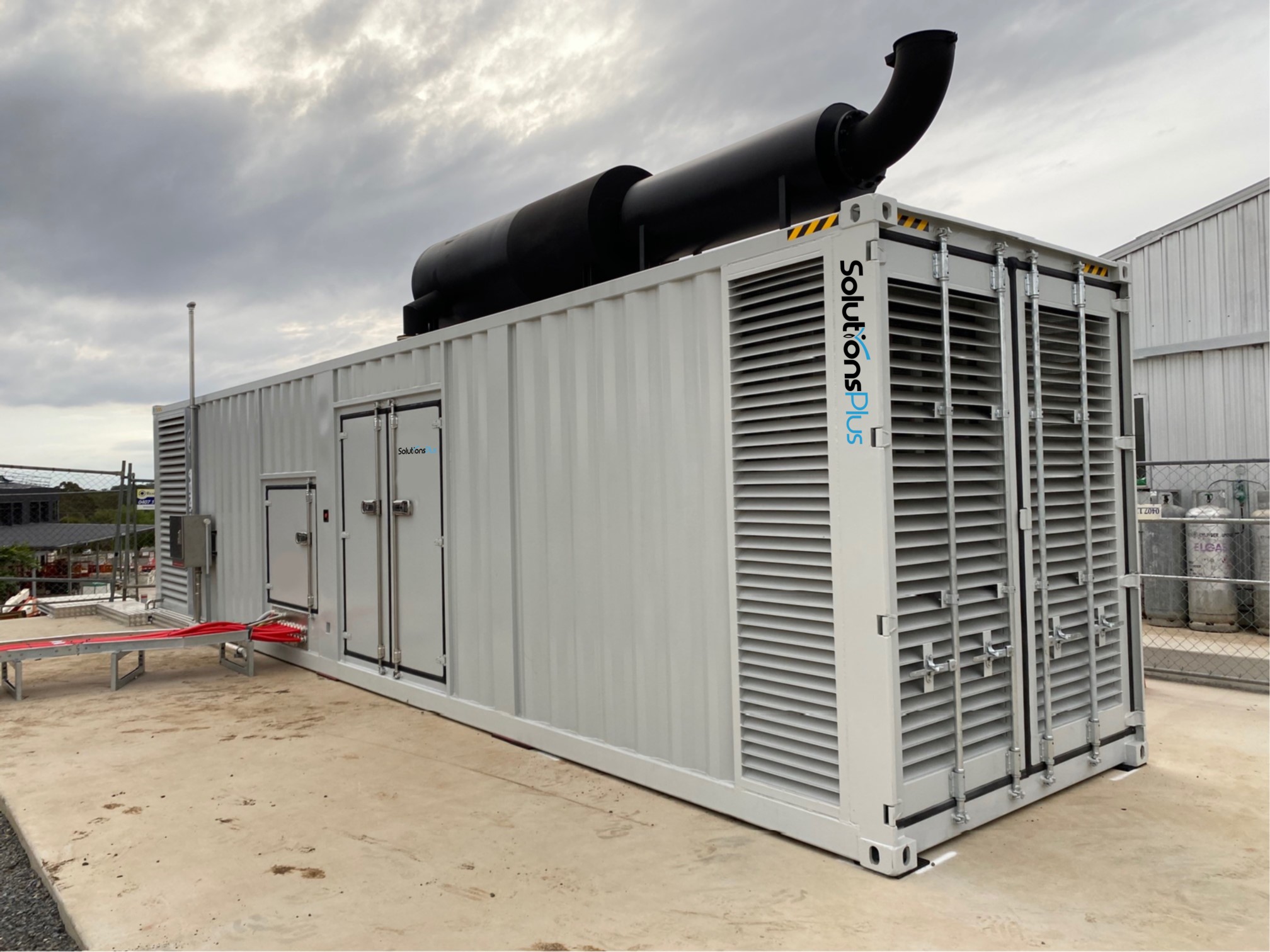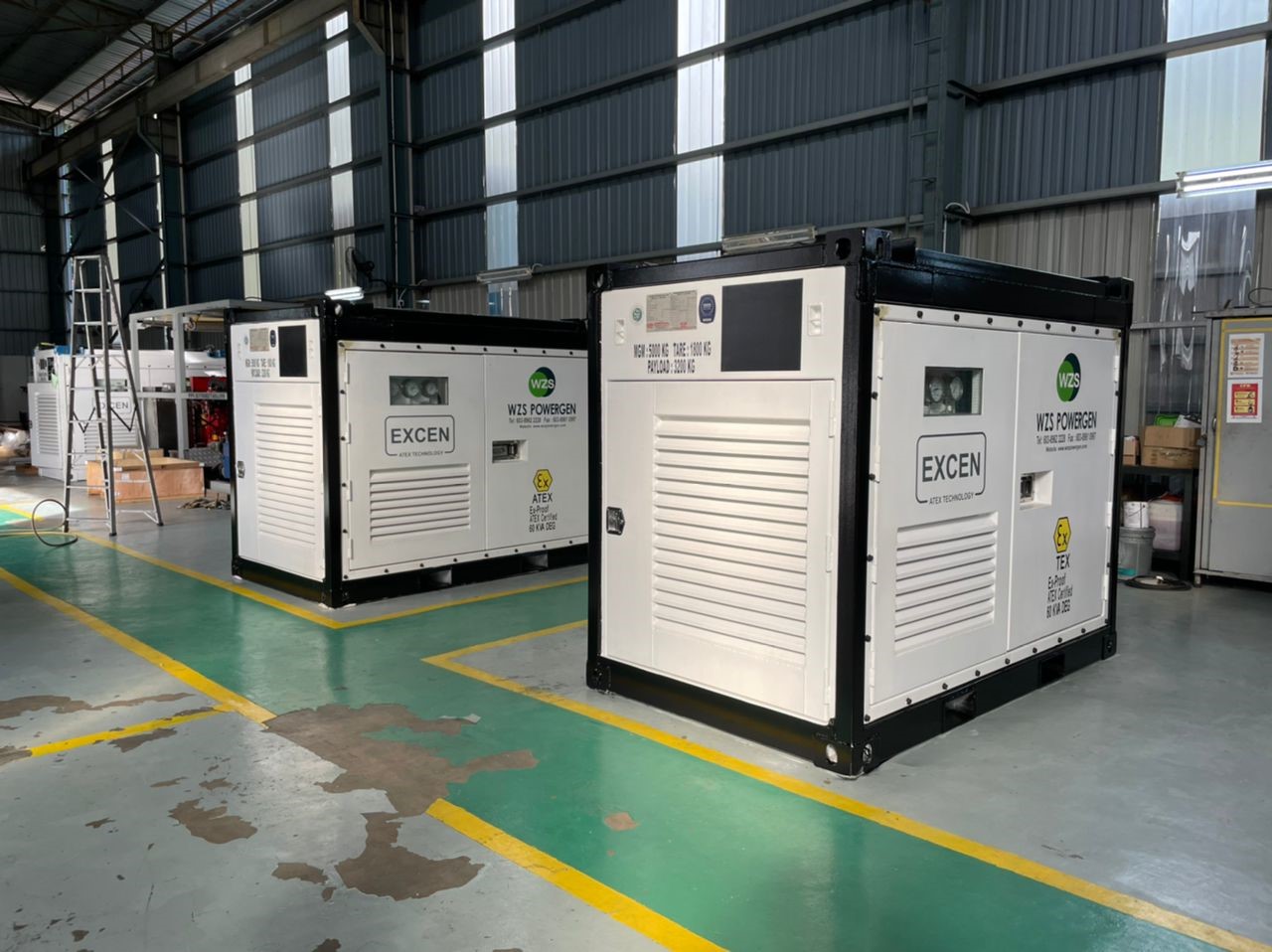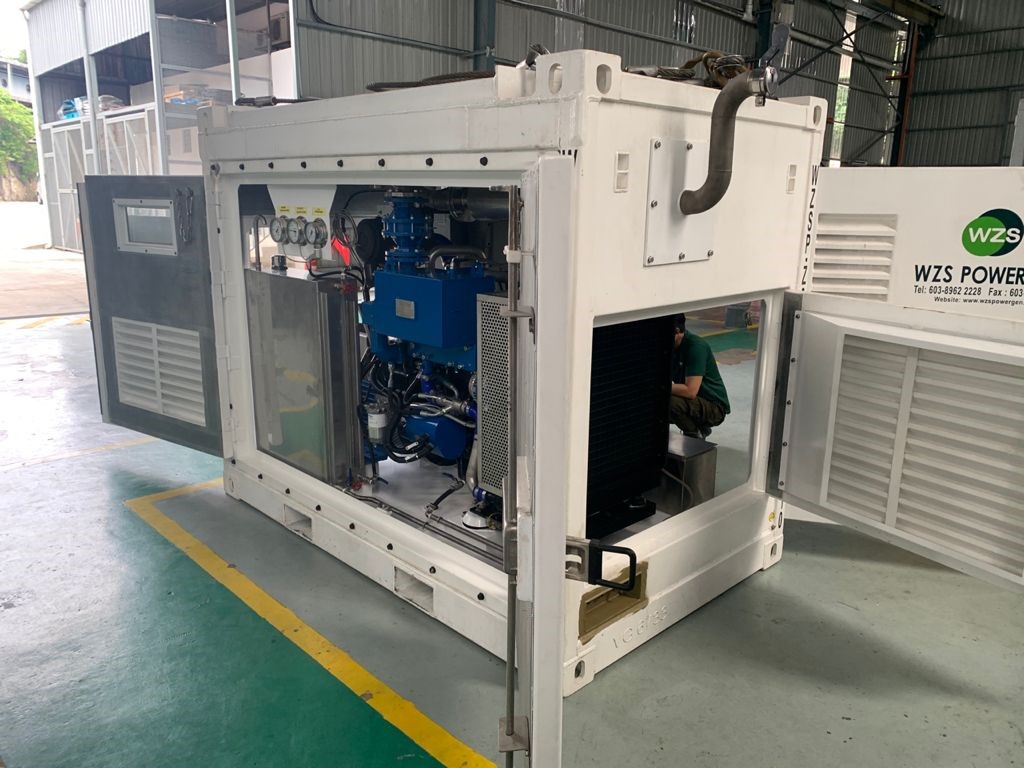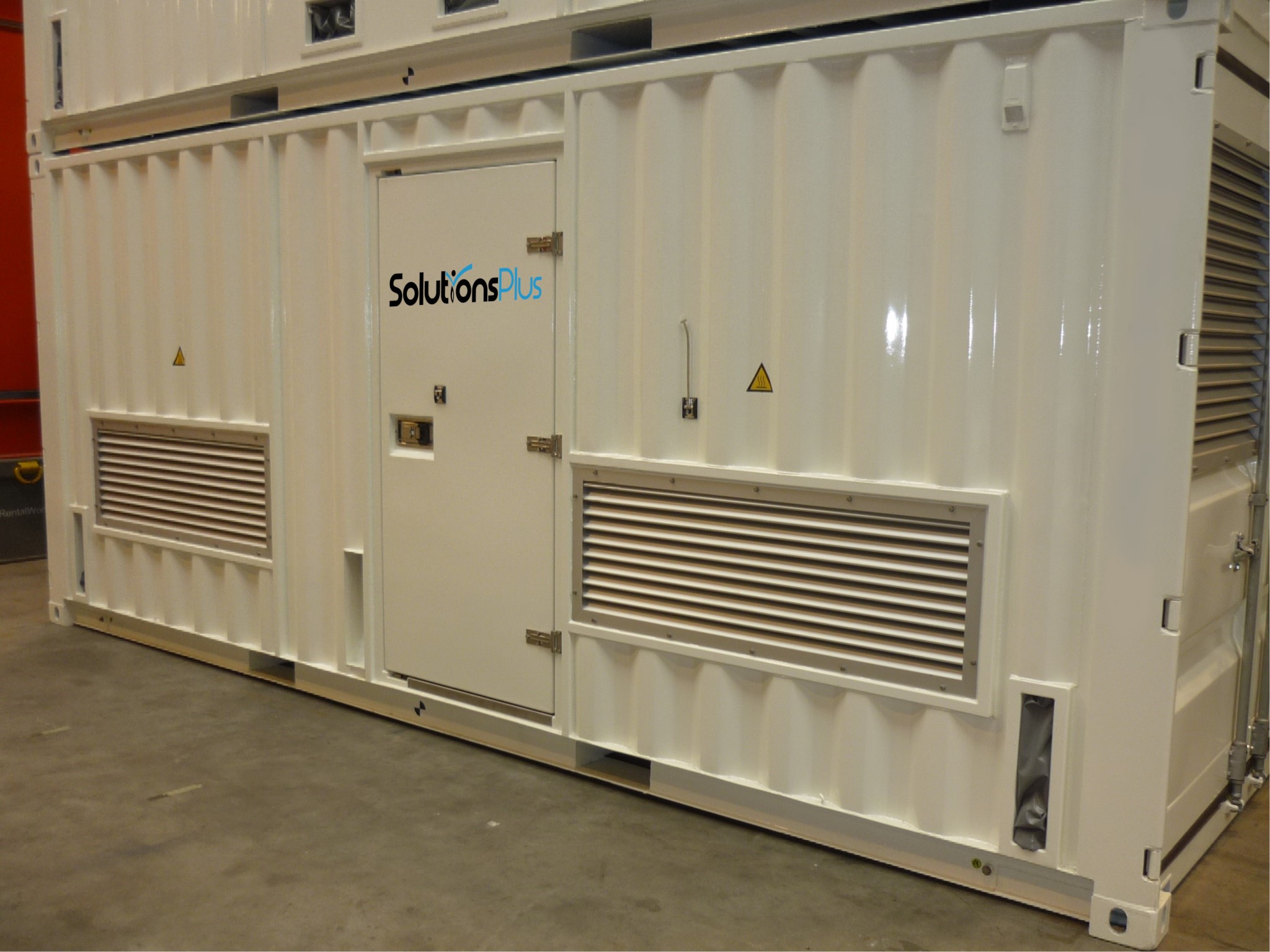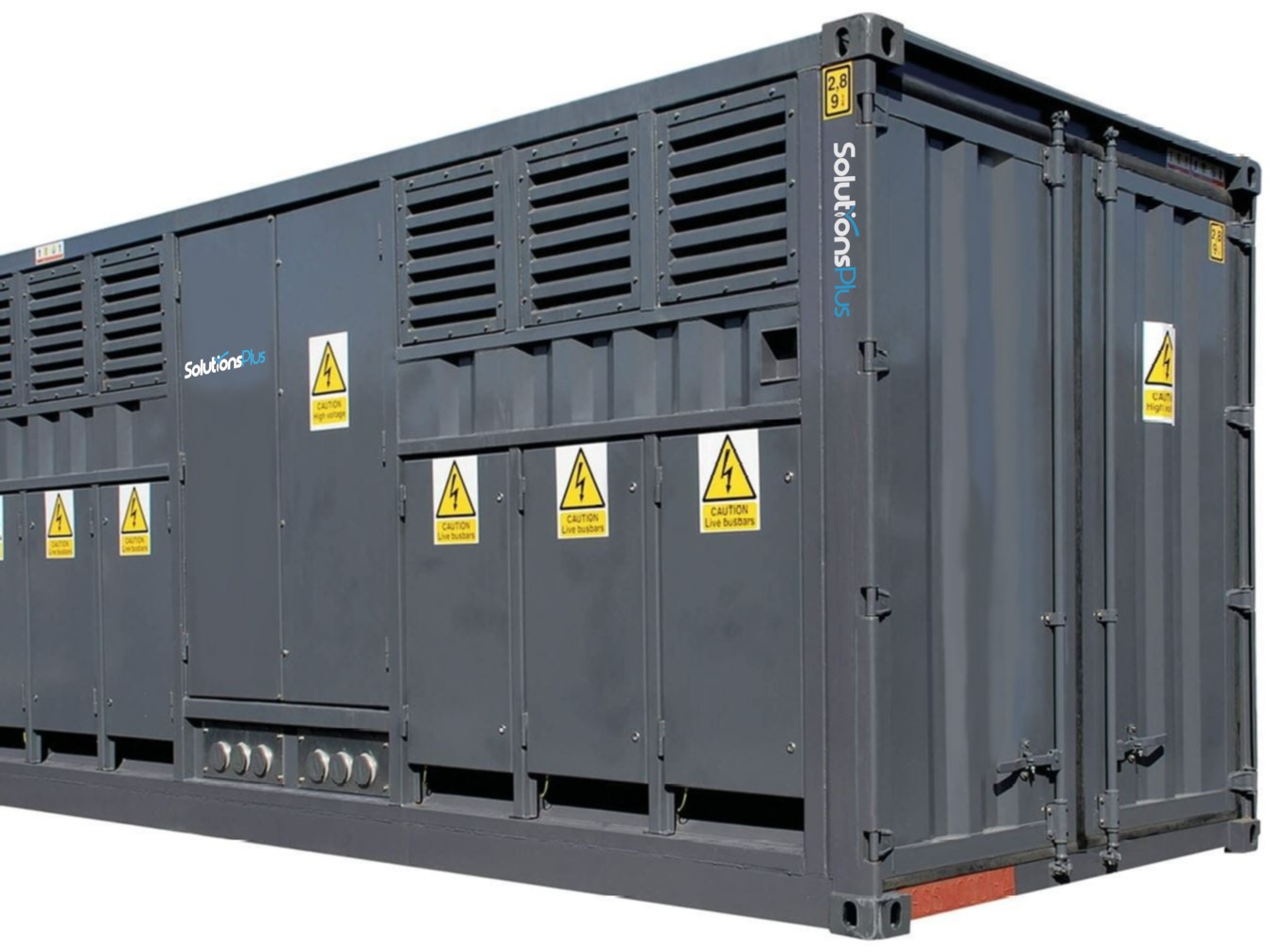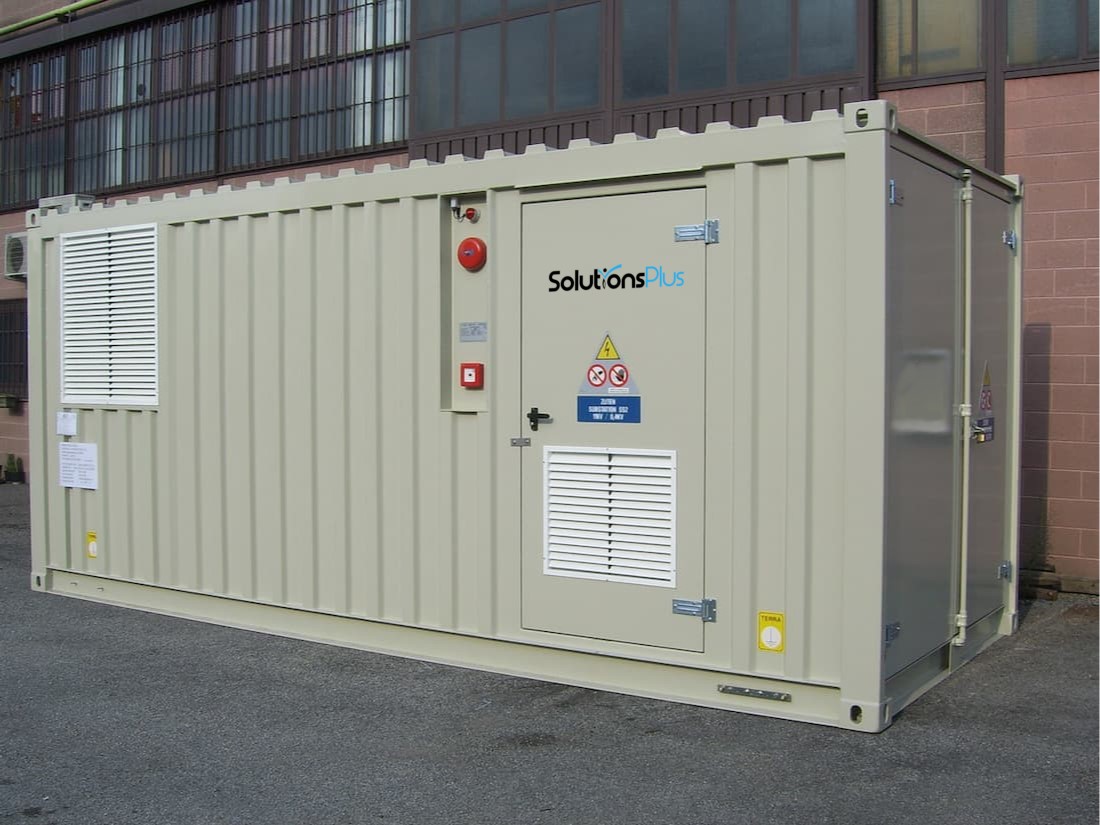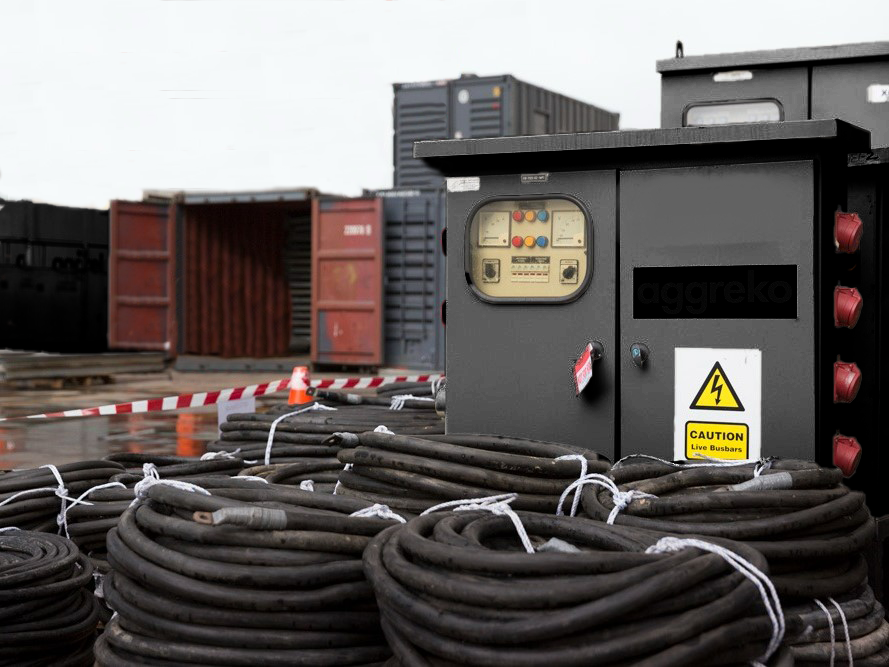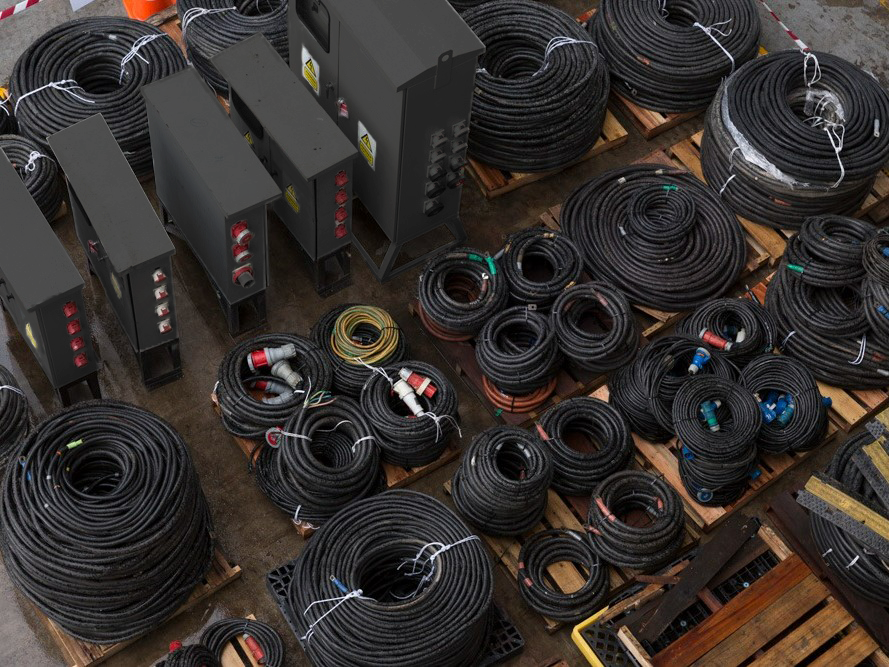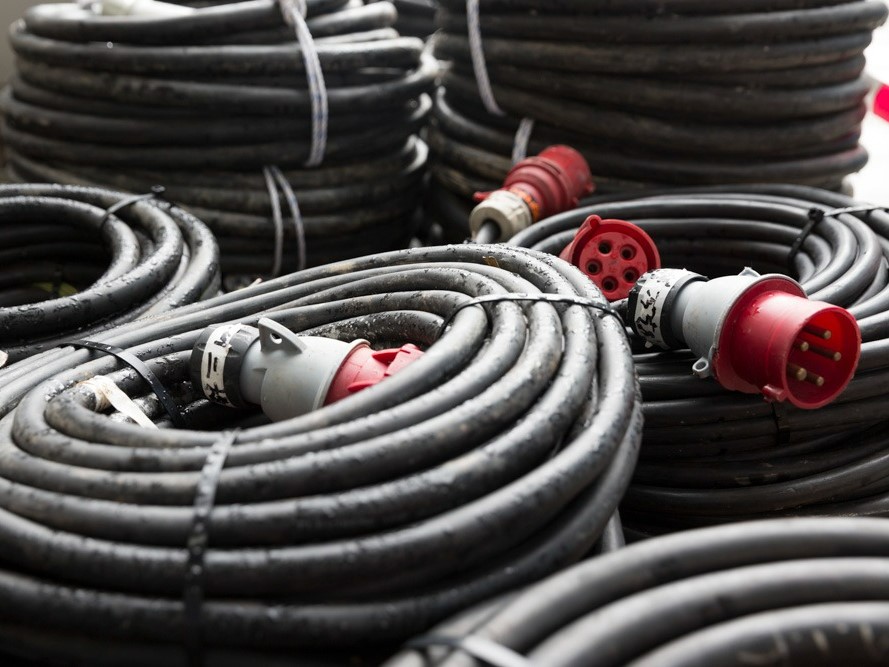Temporary Power Solutions
Supporting customer’s needs for a temporary duration or a lease model basis. With such facility utilities taken care of, customers can focus on their core business. From building services, construction, events, oil & gas, petrochemical and shipping, our equipment and solutions can be mobilized quickly and are versatile across multiple applications.
We have variety of generators, load bank and transformers starting from 20kVA to 2,000kVA. We offer Turnkey solutions from Engineering Design, Delivery, Installation, Testing and Commissioning as well as dismantling of equipment once the work is over. We are available 24/7 hours during emergency or planned situation. To decide the right solution to your needs, call us to find out more of our solutions.
Effective power solutions can result in higher productivity, and less downtime. Whether you need supplemental, temporary or emergency power, Solutions Plus offers a complete line of power equipment rental solutions to help you maintain seamless operations.
Our broad selection of power equipment for every size and needs would allow you to focus on your core business be it upgrading your systems size, stay up and running during power failure, maximize your production during peak and decrease costs by adding power capacity only when needed.
Offshore Marine Grade IP56 DNV 2.7.1 Containerized Diesel Generators
Offshore marine-grade IP56 DNV 2.7.1 containerized diesel generators have specific applications in temporary usage scenarios, especially in offshore environments where durability, reliability, and compliance with stringent safety standards are paramount. Some applications for these generators include:
Offshore Oil and Gas Platforms: These generators are essential for providing power to offshore oil and gas platforms during drilling, production, and maintenance operations. They ensure continuous power supply for critical equipment such as pumps, compressors, lighting, and control systems.
Offshore Wind Farms: Containerized diesel generators are used in offshore wind farms to provide backup power during maintenance or repair of wind turbines. They also support initial construction phases when grid connections may not be available.
Marine Exploration and Research Vessels: Research vessels and marine exploration platforms require reliable power sources for scientific instrumentation, navigation equipment, communication systems, and onboard facilities. Containerized generators serve as backup power to ensure uninterrupted operations in remote marine environments.
Offshore Construction Projects: During the construction of offshore infrastructure such as bridges, ports, and underwater pipelines, temporary generators are deployed to provide power for construction equipment, welding machines, lighting, and other construction needs.
Emergency Response and Disaster Relief: Offshore containerized generators are crucial for emergency response and disaster relief efforts in coastal areas. They provide power for temporary shelters, medical facilities, communication hubs, and equipment used in search and rescue operations.
Offshore Events and Filming: Special events, film productions, and entertainment activities taking place on offshore platforms or vessels require reliable power sources. Containerized generators ensure sufficient power for lighting, sound systems, filming equipment, and other event infrastructure.
Military and Defense Operations: Military vessels and offshore installations require backup power solutions to support critical operations, surveillance systems, communication networks, and onboard facilities. Containerized generators meet military-grade specifications and standards for reliability and durability in harsh marine environments.
Offshore Renewable Energy Installations: Containerized generators support offshore renewable energy projects, such as wave energy converters or tidal energy systems, during installation, maintenance, and testing phases when grid connections may be unavailable or insufficient.
Diesel Generators
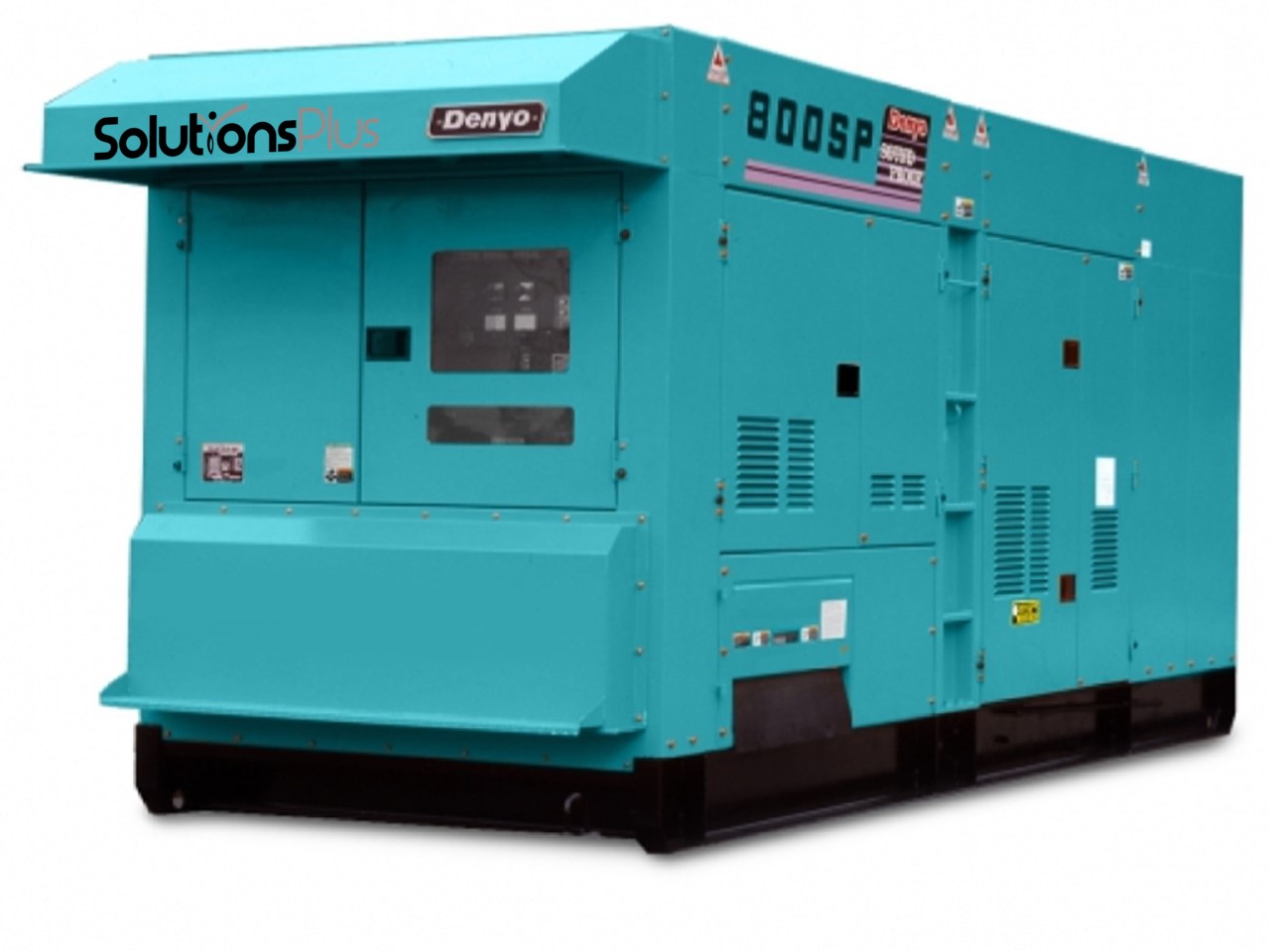
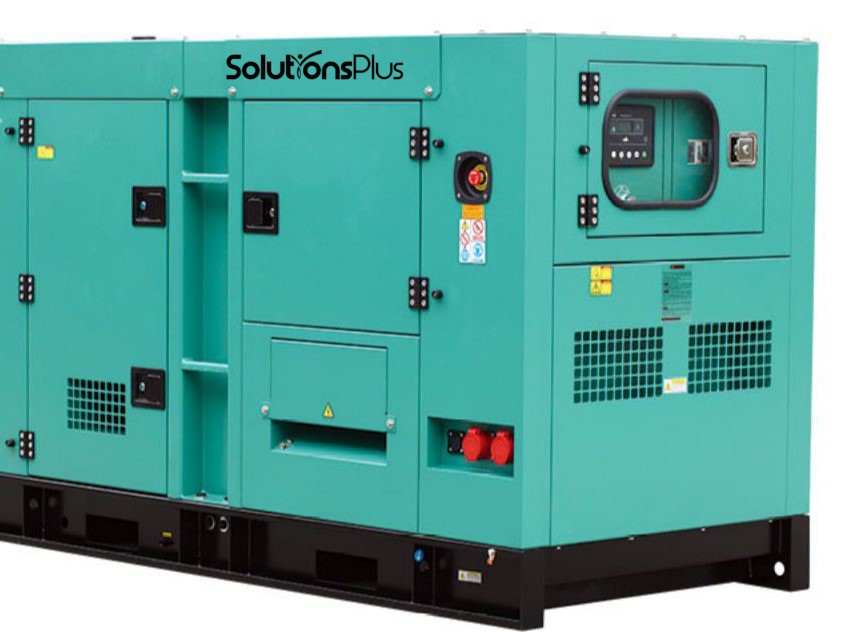
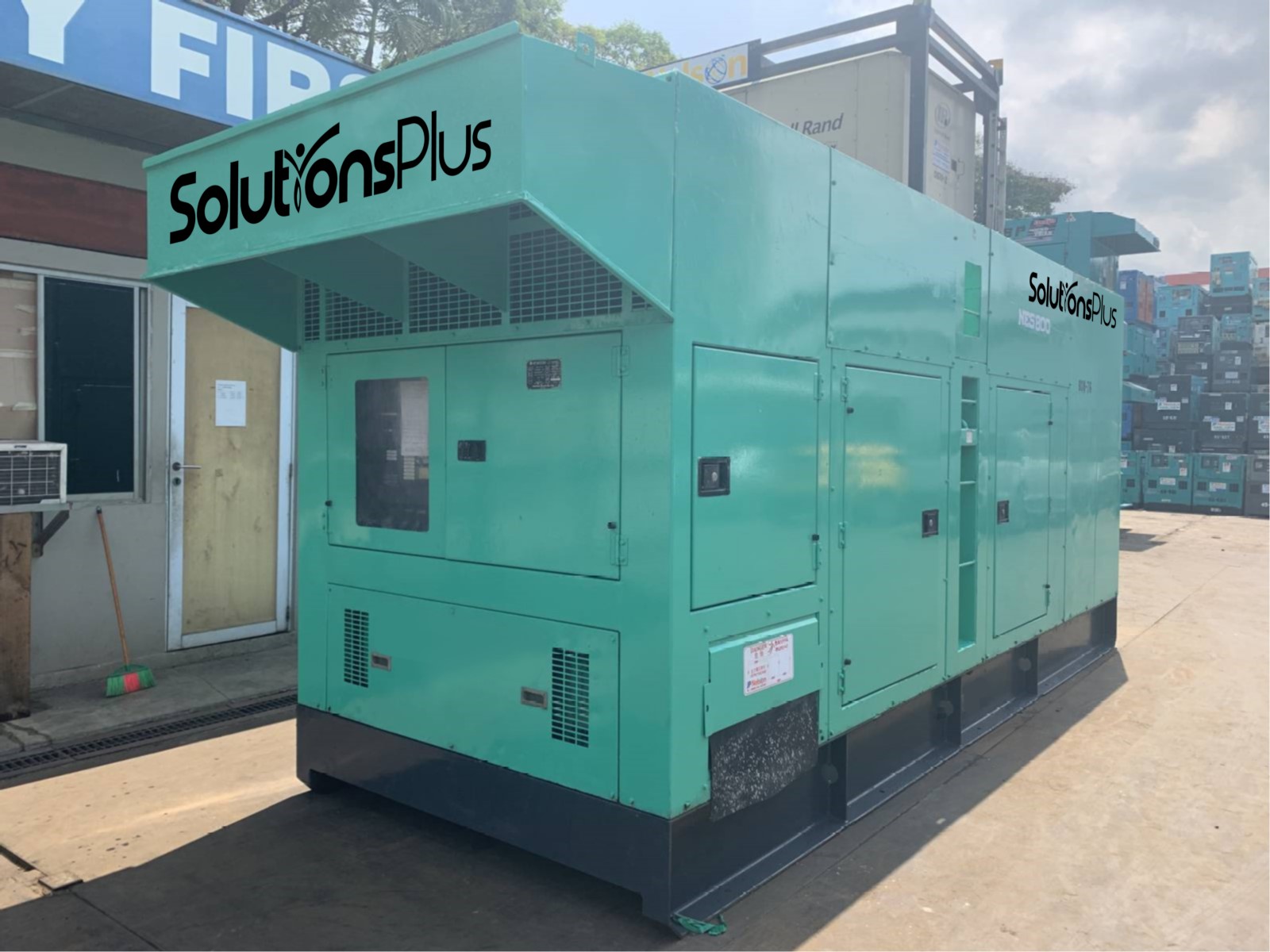
Temporary generators find various applications across different industries and settings where a reliable power source is needed for a limited duration. Some common applications include:
Construction Sites: Construction projects often require temporary power solutions to operate tools, machinery, lighting, and other equipment at job sites where permanent power connections may not be available or feasible.
-
Events and Entertainment: Temporary generators are frequently used to power concerts, festivals, outdoor events, and film productions where electrical power is required for lighting, sound systems, stage setups, and other event infrastructure.
-
Emergency Backup Power: In locations prone to natural disasters or in situations where grid power may be unreliable, temporary generators serve as backup power sources to ensure continuity of critical operations in hospitals, data centers, telecommunications facilities, and emergency response centers.
-
Industrial Shutdowns or Maintenance: During planned maintenance or shutdowns of industrial plants, temporary generators can provide backup power to sustain essential operations and prevent production losses.
-
Remote or Off-Grid Locations: Temporary generators are essential for powering operations in remote or off-grid locations such as mining sites, oil rigs, agricultural fields, and wilderness expeditions where access to conventional power sources is limited or nonexistent.
-
Temporary Office Spaces: When setting up temporary offices or workspace expansions, generators can provide the necessary power for computers, lighting, HVAC systems, and other office equipment until permanent power connections are established.
-
Disaster Relief Operations: Temporary generators play a crucial role in disaster relief efforts by providing emergency power for temporary shelters, medical facilities, water treatment plants, and communication centers in areas affected by natural disasters or humanitarian crises.
-
Military Operations: Military deployments often require temporary power solutions to support field operations, command centers, communications systems, and other mission-critical equipment in remote or hostile environments.
Zone 2 diesel Generators
Zone 2 generators, designed to operate safely in hazardous environments where flammable gases, vapors, or liquids may be present, have several applications for temporary usage in such areas. Here are some common applications:
Oil and Gas Industry: Zone 2 generators are extensively used in offshore oil and gas platforms, drilling rigs, refineries, and petrochemical plants where the presence of flammable substances poses a risk. They provide essential power for various operations, including drilling, pumping, lighting, and control systems.
Chemical Industry: In chemical processing plants and facilities where volatile substances are handled, zone 2 generators ensure uninterrupted power for critical equipment, such as reactors, mixers, pumps, and instrumentation, without compromising safety.
Mining Operations: Mines often encounter hazardous atmospheres due to the presence of combustible gases or dust. Zone 2 generators are deployed to power mining equipment, ventilation systems, lighting, and communication devices in such environments.
Shipbuilding and Ship Repair: During shipbuilding or repair activities in shipyards, where flammable substances like fuel, solvents, or lubricants are used, zone 2 generators provide temporary power for welding machines, power tools, lighting, and other equipment.
Offshore and Marine Applications: Zone 2 generators are utilized on offshore platforms, vessels, and marine installations where the risk of gas or vapor ignition is present. They supply power for essential operations, accommodation areas, navigation systems, and communication equipment.
Construction in Hazardous Locations: Construction projects in areas such as chemical plants, refineries, or industrial sites with hazardous atmospheres may require temporary power sources that meet safety standards. Zone 2 generators serve this purpose by providing reliable power for construction equipment and tools.
Emergency Response and Disaster Relief: In emergency situations such as natural disasters or industrial accidents, zone 2 generators can be deployed to provide temporary power for emergency response teams, temporary shelters, communication centers, and medical facilities in hazardous environments.
Temporary Events in Hazardous Locations: Temporary events or projects held in hazardous locations, such as concerts, festivals, or film productions in industrial areas, may require zone 2 generators to ensure safe and reliable power supply for lighting, sound systems, and other equipment.
Transformers (TXs)
Transformers can serve various temporary applications across different industries and settings. Here are some common scenarios where temporary transformers are utilized:
Construction Sites: Temporary transformers are often deployed at construction sites to step down or step up voltage levels as needed for construction equipment, power tools, lighting, and temporary facilities. They help ensure a safe and reliable power supply during the construction phase.
Events and Entertainment: Transformers are essential for providing power distribution at large events such as concerts, festivals, trade shows, and outdoor gatherings. They help manage the distribution of electricity to lighting, sound systems, food vendors, and other temporary infrastructure.
Emergency Backup Power: In situations where backup power is required temporarily, transformers can be used to connect generators or alternative power sources to existing electrical systems. This ensures seamless power transfer during outages or emergencies in critical facilities like hospitals, data centers, and telecommunications hubs.
-
Temporary Industrial Operations: During plant expansions, maintenance shutdowns, or temporary industrial projects, transformers may be used to adjust voltage levels and distribute power efficiently to machinery, equipment, and temporary facilities.
Movie and TV Productions: Film and television productions often require temporary power solutions on location. Transformers play a crucial role in providing the necessary voltage levels for lighting, cameras, trailers, and other production equipment.
-
Remote or Off-Grid Locations: In remote areas or off-grid locations where conventional power infrastructure is lacking, transformers can be used to adapt power from generators, solar arrays, or other alternative energy sources for temporary use in construction, mining, oil exploration, or research projects.
-
Fairs, Carnivals, and Amusement Parks: Transformers are essential for powering rides, games, food stalls, and other attractions at temporary amusement parks, fairs, and carnivals. They ensure the safe and efficient distribution of electricity throughout the event space.
Temporary Office Spaces: When setting up temporary offices, transformers may be used to step down voltage from the main power source to meet the requirements of office equipment, computers, lighting, and HVAC systems.
Load Banks
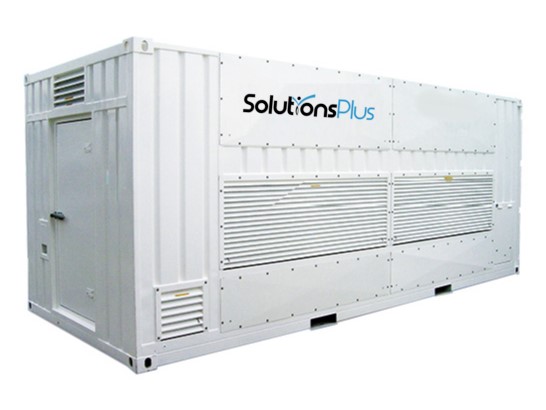
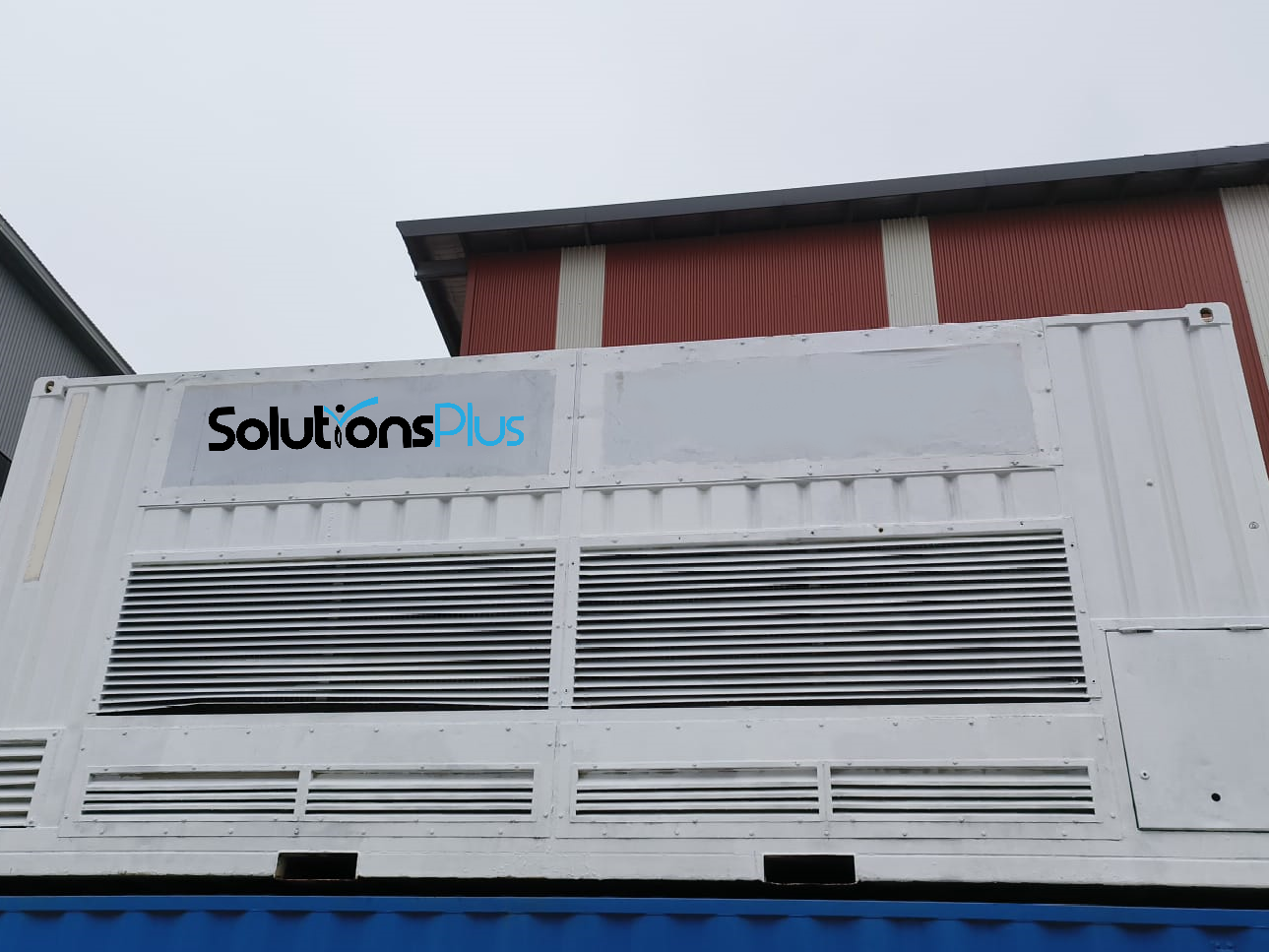
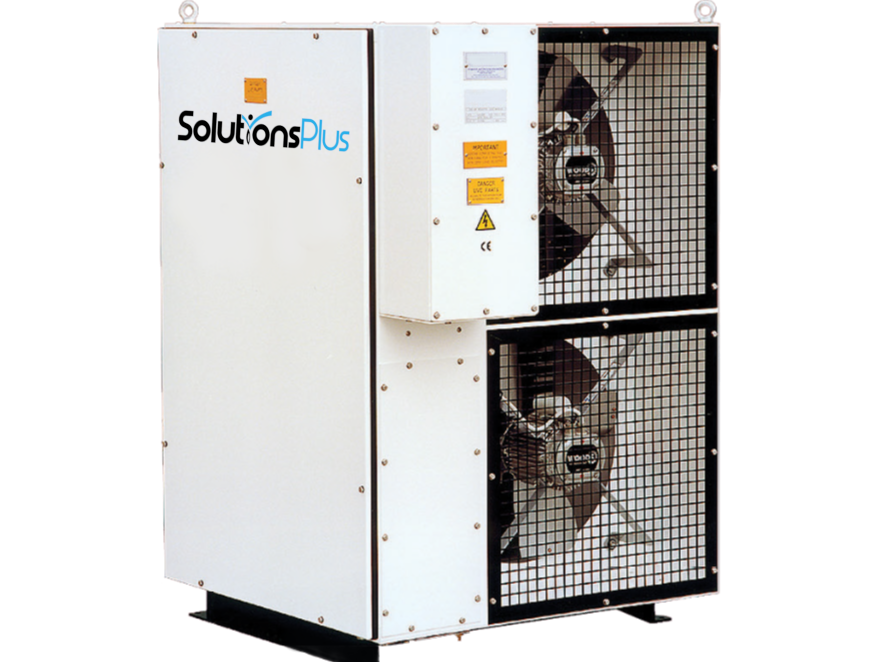
Load banks are versatile tools utilized for various temporary applications across different industries. Here are some common scenarios where load banks are employed:
Commissioning and Testing: Load banks are extensively used during the commissioning and testing of newly installed or repaired generators, UPS systems (Uninterruptible Power Supply), transformers, and other power equipment. They simulate real-world electrical loads to verify the performance and reliability of the equipment under different operating conditions.
Maintenance Testing: Load banks are employed for routine maintenance testing of standby power systems, including diesel generators and UPS systems. By applying a controlled electrical load, maintenance personnel can assess the functionality, efficiency, and condition of the equipment, ensuring it remains operational and reliable.
Battery Testing: Load banks are utilized for testing and conditioning batteries used in UPS systems, telecom installations, renewable energy systems, and backup power applications. By applying a controlled discharge, load banks assess the capacity, performance, and health of batteries, helping to identify any potential issues or degradation.
Power System Upgrades: During power system upgrades or modifications, load banks provide a temporary electrical load to stabilize the system and ensure proper functioning of new equipment. They help verify the compatibility and integration of new components with existing infrastructure.
HVAC System Testing: Load banks are employed for testing and commissioning heating, ventilation, and air conditioning (HVAC) systems in commercial buildings, data centers, and industrial facilities. They simulate the electrical load generated by HVAC equipment to verify performance and energy efficiency before final deployment.
Voltage Regulation Testing: Load banks are used to test and calibrate voltage regulation systems in power generation and distribution equipment. By applying variable loads, load banks assess the ability of voltage regulators to maintain stable voltage levels within specified tolerances under varying load conditions.
Grid Stability Studies: Load banks are utilized in grid stability studies and power system simulations to assess the impact of fluctuating loads on grid performance. They help utilities and grid operators evaluate the resilience and stability of the electrical grid under different operating scenarios.
Temporary Power Generation: In temporary power generation applications, load banks serve to balance electrical loads, stabilize voltage levels, and ensure proper functioning of generators and distribution systems during events, construction projects, or emergency situations.
Power Distributions
Temporary power distribution systems serve a variety of applications across different industries and settings. Here are some common scenarios where temporary power distribution is utilized:
Construction Sites: Temporary power distribution systems are essential for construction projects to provide electricity to power tools, lighting, heaters, and other equipment on-site. They ensure a safe and reliable power supply during the construction phase, where permanent electrical installations may not yet be in place.
Events and Entertainment: Temporary power distribution is crucial for events such as concerts, festivals, fairs, and outdoor gatherings. Power distribution systems manage the distribution of electricity to stages, food vendors, lighting, sound systems, and other temporary infrastructure to ensure the event runs smoothly.
Emergency Response and Disaster Relief: In emergency situations such as natural disasters or humanitarian crises, temporary power distribution systems provide electricity to temporary shelters, medical facilities, command centers, and communication hubs. They enable essential services to function in areas where the primary power grid may be compromised or unavailable.
Film and TV Productions: Temporary power distribution systems are used on-location during film and television productions to provide electricity for lighting, cameras, trailers, production equipment, and other operational needs. They ensure that production crews have the power they need to create high-quality content in any location.
Temporary Office Spaces: When setting up temporary office spaces for events, construction sites, or disaster response operations, temporary power distribution systems supply electricity to computers, printers, lighting, HVAC systems, and other office equipment. They create a functional work environment until permanent power connections are established.
Industrial Shutdowns or Maintenance: During planned maintenance shutdowns or industrial plant expansions, temporary power distribution systems ensure uninterrupted power supply to critical equipment and processes. They enable operations to continue smoothly during temporary disruptions to the main power supply.
Remote or Off-Grid Locations: Temporary power distribution systems are used in remote areas or off-grid locations where conventional power infrastructure is limited or nonexistent. They distribute power from generators, solar arrays, or other alternative energy sources to support temporary operations such as mining, construction, or research projects.
Temporary Retail Spaces: For temporary retail pop-up shops, seasonal markets, or trade shows, temporary power distribution systems supply electricity to POS systems, lighting, displays, and other retail equipment. They enable businesses to operate efficiently in temporary locations without access to permanent power connections.

